| Structure | Name/CAS No. | Articles |
|---|---|---|
 |
Sodium hydroxide
CAS:1310-73-2 |
|
 |
Methanol
CAS:67-56-1 |
|
 |
3-Ethyl-2,4-pentanedione
CAS:1540-34-7 |
|
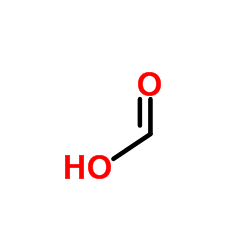 |
Formic Acid
CAS:64-18-6 |
|
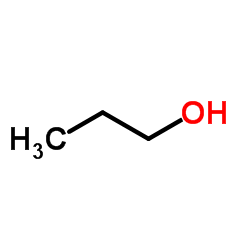 |
1-Propanol
CAS:71-23-8 |
|
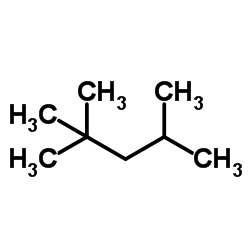 |
2,2,4-Trimethylpentane
CAS:540-84-1 |
|
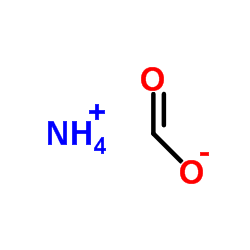 |
Formic acid ammonium salt
CAS:540-69-2 |
|
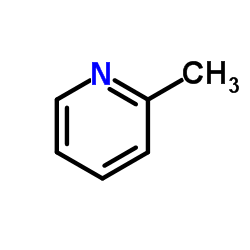 |
2-picoline
CAS:109-06-8 |
|
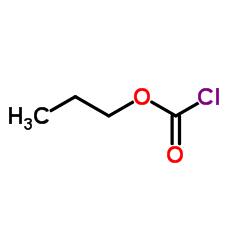 |
Propyl carbonochloridate
CAS:109-61-5 |